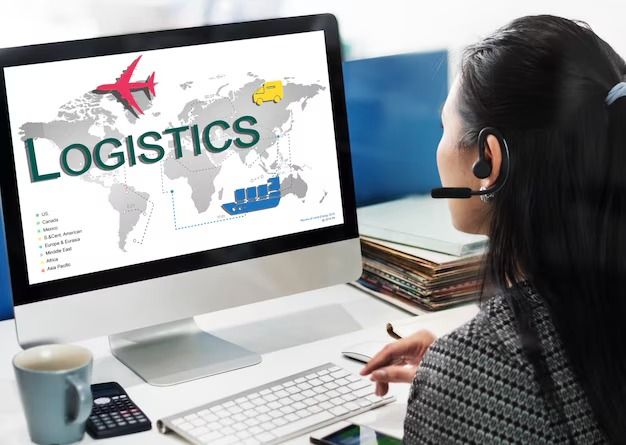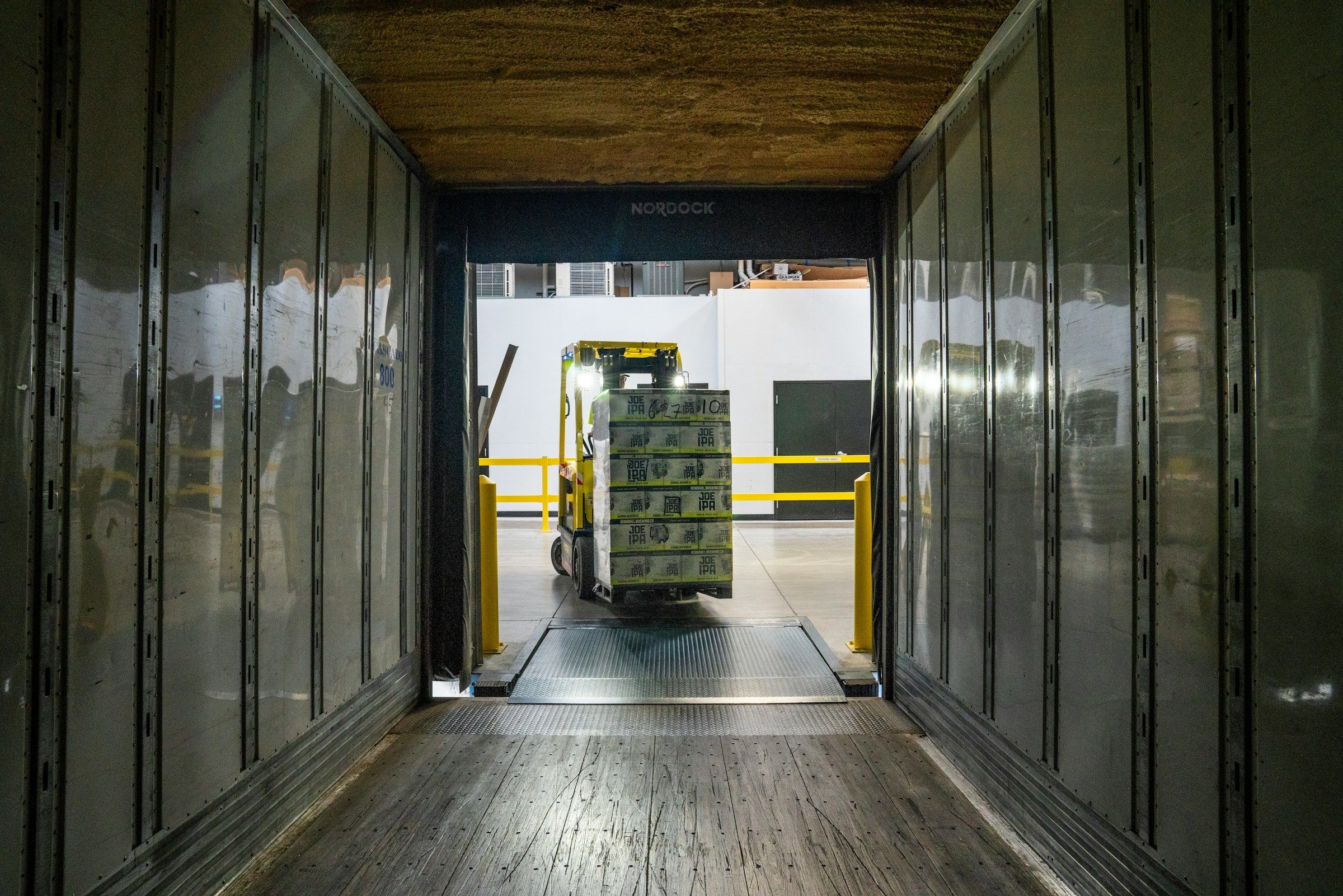Have you ever felt overwhelmed by the complexities of shipping and logistics in your business?
If you’re like many entrepreneurs, the thought of managing these operations can feel like a daunting task. But fear not! Streamlining your shipping and logistics doesn’t have to be a headache. With a few strategic tips and insights, you can optimize your processes, save time, and even reduce costs.
Let’s dive into some practical strategies that can transform the way you handle your shipping and logistics.

Understanding the Basics of Shipping and Logistics
Before we get into the nitty-gritty, it’s essential to understand what shipping and logistics entail. Shipping refers to the physical process of transporting goods from one location to another. This could involve a variety of carriers, including trucks, trains, ships, or even drones!
On the other hand, logistics encompasses a broader range of activities, including inventory management, warehousing, order fulfillment, and transportation management. For example, LTL shipping is a cost-effective option for transporting smaller loads, providing flexibility and efficiency in logistics operations.
Why Streamlining Matters
So, why should you care about streamlining your shipping and logistics? Well, efficient operations can lead to:
- Cost Savings: By optimizing routes and reducing delays, you can save on shipping costs.
- Improved Customer Satisfaction: Faster delivery times and accurate order fulfillment lead to happier customers.
- Increased Productivity: Streamlined processes free up time for you and your team to focus on growth.
Key Tips to Streamline Your Shipping and Logistics
Now that we understand the importance of efficient shipping and logistics, let’s explore some actionable tips to enhance your operations.
1. Choose the Right Shipping Partner
Selecting the right shipping partner can significantly impact your logistics efficiency. Look for a carrier that aligns with your business needs. Consider factors like:
- Delivery speed: How quickly can they deliver your products?
- Reliability: Do they have a track record of on-time deliveries?
- Cost: Are their rates competitive?
Doing your homework and comparing different shipping providers can help you find the best fit for your business.
2. Optimize Packaging
Believe it or not, how you package your products can affect your shipping costs. Here are a few tips for optimizing your packaging:
- Use lightweight materials: Lighter packaging can lower shipping fees.
- Design for efficiency: Create packaging that minimizes wasted space, allowing for more items per shipment.
- Consider eco-friendly options: Sustainable packaging not only attracts environmentally-conscious consumers but can sometimes reduce shipping costs.
3. Automate Your Processes
In today’s fast-paced world, automation can be a game-changer. Consider using software solutions to automate various aspects of your shipping and logistics:
- Inventory management: Use software to track inventory levels and reorder supplies automatically.
- Order fulfillment: Implement systems that can automatically process orders and print shipping labels.
- Tracking: Utilize tracking tools to keep your customers updated on their shipments.
4. Maintain Clear Communication
Effective communication is crucial for successful shipping and logistics. Make sure to keep your team and customers informed at every stage of the process. Here are a few tips:
- Set clear expectations: Let customers know when to expect their orders and any potential delays.
- Use multiple channels: Utilize email, SMS, or even social media to keep everyone in the loop.
- Gather feedback: After delivery, solicit customer feedback to identify areas for improvement.
5. Monitor and Analyze Performance
Regularly monitoring your shipping and logistics performance is key to identifying areas for improvement. Utilize metrics such as:
- Delivery times: Analyze how long it takes to get products to customers.
- Shipping costs: Keep an eye on how much you’re spending on shipping.
- Order accuracy: Track the number of orders shipped accurately versus those with errors.
By analyzing these metrics, you can make informed decisions about where to focus your improvement efforts.

6. Build Relationships with Suppliers
Strong relationships with your suppliers can lead to better logistics efficiency. Here’s how to foster these relationships:
- Communicate regularly: Keep in touch with your suppliers to understand their capabilities and any changes in lead times.
- Negotiate terms: Work together to find favorable shipping terms that benefit both parties.
- Share forecasts: Provide your suppliers with demand forecasts to help them prepare for your orders.
7. Stay Updated on Trends
The shipping and logistics landscape is constantly evolving. Stay informed about the latest trends and technologies, such as:
- Drone delivery: This innovative method could reduce delivery times in the near future.
- Same-day delivery: More companies are offering expedited shipping options, so consider how this might fit into your business model.
- Sustainable practices: Consumers are increasingly valuing sustainability, so consider how you can make your shipping practices greener.
Table: Key Metrics to Monitor in Shipping and Logistics
| Metric | Importance | How to Measure |
| Delivery Times | Impacts customer satisfaction | Average time taken for deliveries |
| Shipping Costs | Affects overall profitability | Total shipping expenses over a specific period |
| Order Accuracy | Essential for customer retention | Percentage of orders shipped correctly |
| Inventory Turnover Rate | Indicates efficiency of inventory management | Ratio of sales to average inventory |
Conclusion
Streamlining your shipping and logistics operations doesn’t have to be a complex task. By implementing these tips—choosing the right shipping partner, optimizing packaging, automating processes, maintaining clear communication, monitoring performance, building relationships with suppliers, and staying updated on trends—you can create a more efficient workflow that benefits both your business and your customers.
Remember, every little improvement counts! As you implement these strategies, you’ll likely see a positive impact on your bottom line and customer satisfaction. So, what are you waiting for? Start optimizing your shipping and logistics today!

